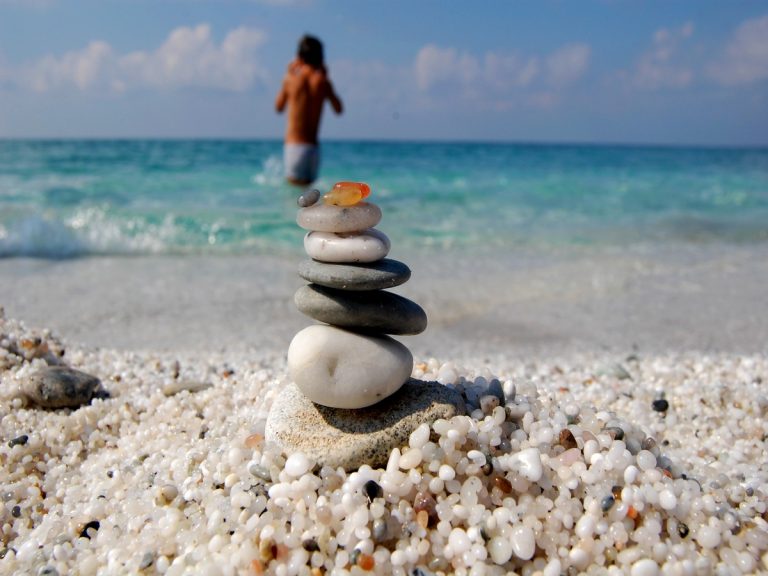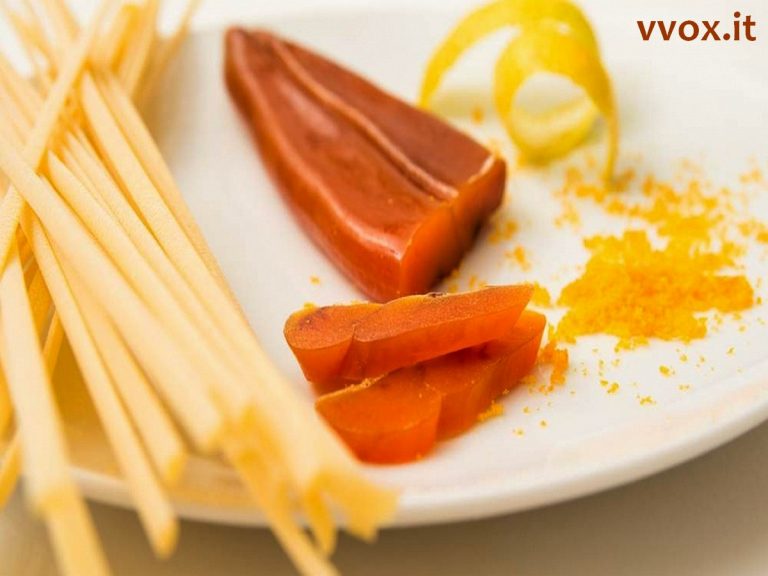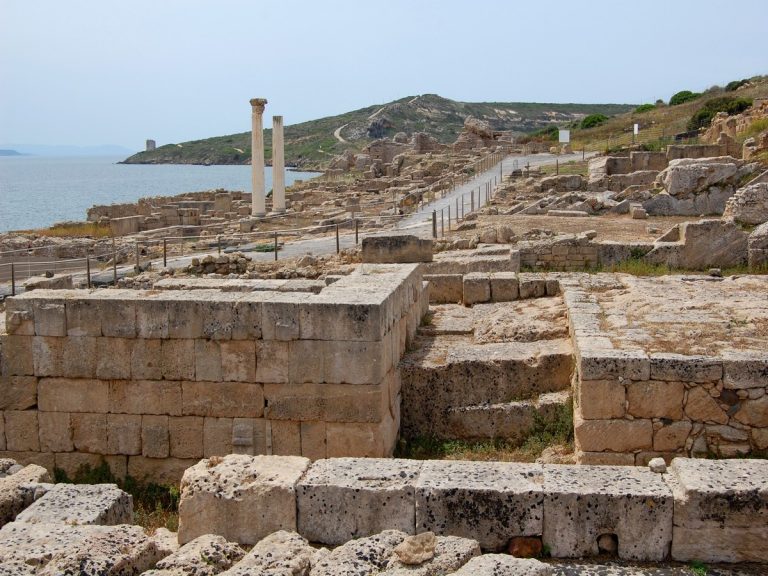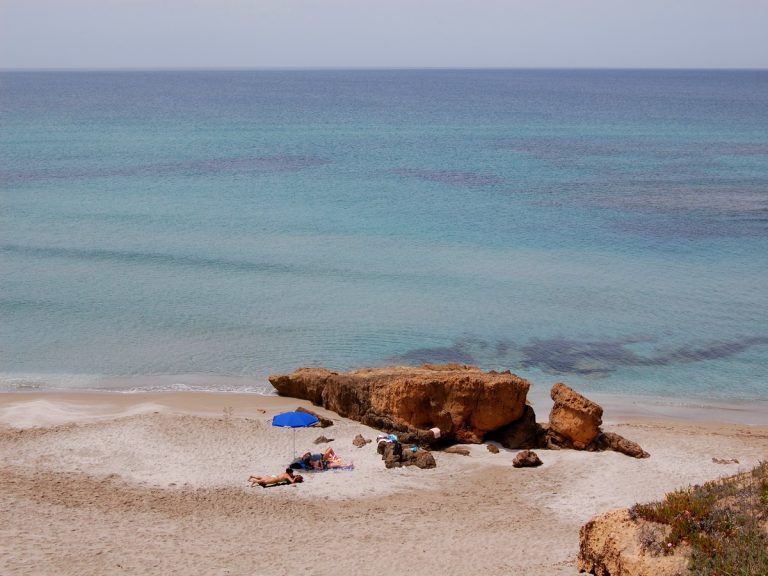Cabras in brief – tourist information and more
The small town of Cabras, with a population of around 9,000, is located on the west coast of Sardinia, in the province of Oristano. The city of the same name is about 8 km to the east.
The beaches of Cabras
The beaches on the west coast near Oristano and Cabras are generally suitable for children, and you can swim, sunbathe, scuba dive, snorkel, surf, canoe and sail in the crystal clear waters. Most beaches have a beach service offering umbrellas, sunbeds and pedal boats for hire, as well as kiosks selling cold drinks, ice creams and snacks.
The nearest beach, called Torre Grande, is just over 1 km away.
The coastline around Cabras is very varied and offers everything you could wish for, from small coves to sandy beaches and the beaches of Is Arutas and Mare Ermi, famous for their quartz sand in the shape of rice grains.
To the north of Cabras, there are beautiful beaches such as S’arena Scoada, Putzu Idu, Sa Rocca Tunda, Is Arenas and, of course, S’Archittu, with its characteristic rock arch: the most daring jump into the water from a height of almost 10 metres, sometimes rewarded with applause from other swimmers.
An important warning: throughout Sardinia, as in the rest of Italy, it is strictly forbidden to remove sand, pebbles and shells from the beach. Removing these “memories” of an unforgettable holiday damages the coastline and the ecosystem, which can be punished with a fine of up to 9,296.00 euros. So protect nature and don’t take away sand or anything else so that we can enjoy these unique beaches in the future!
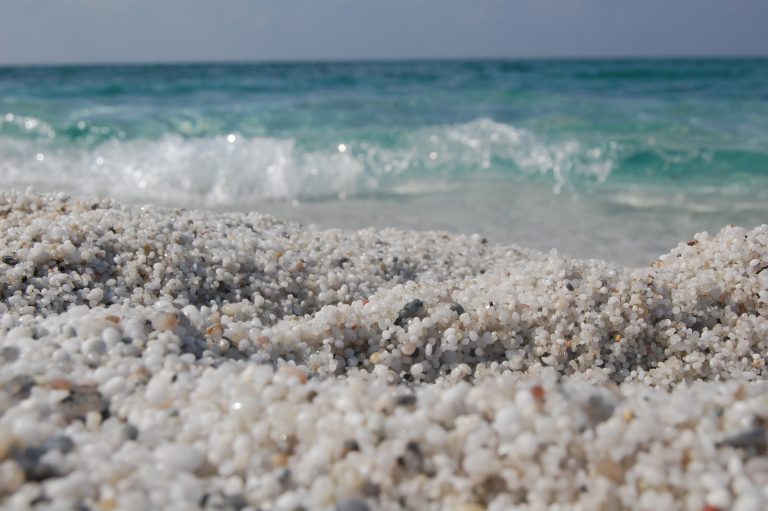
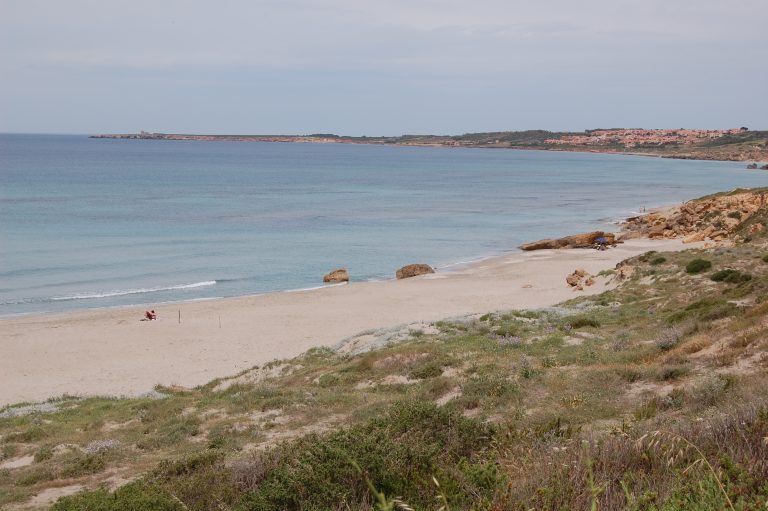
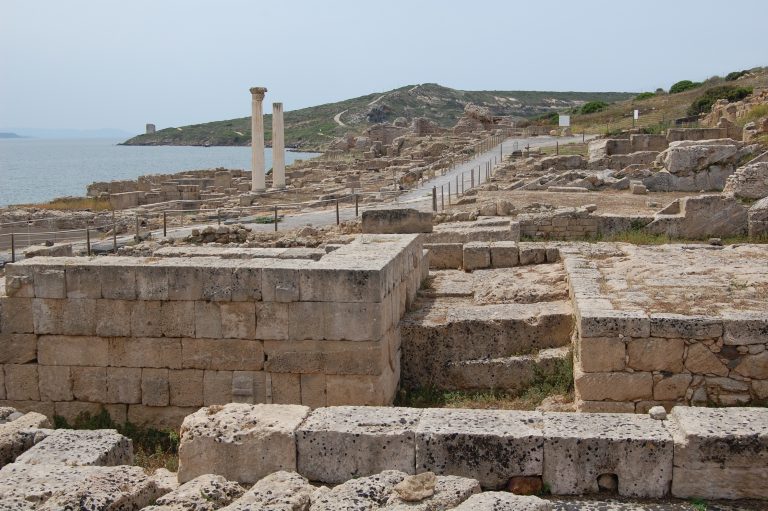
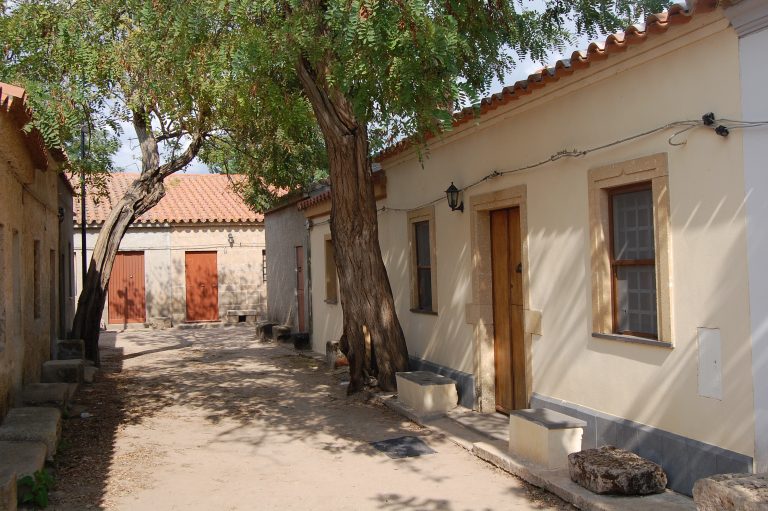
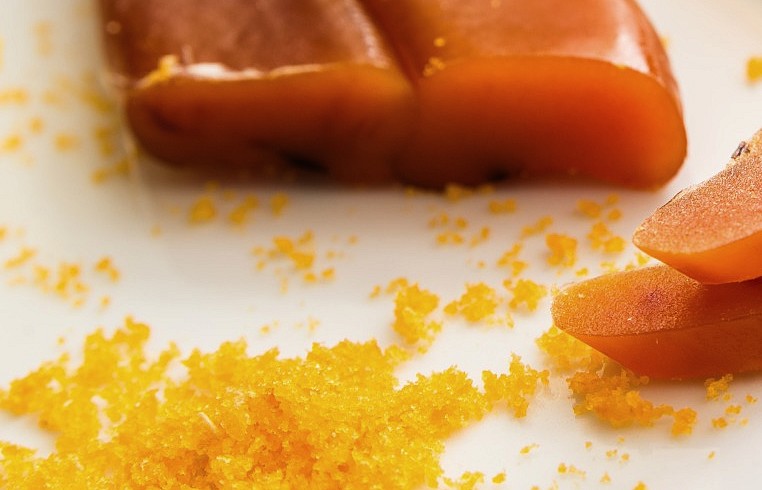
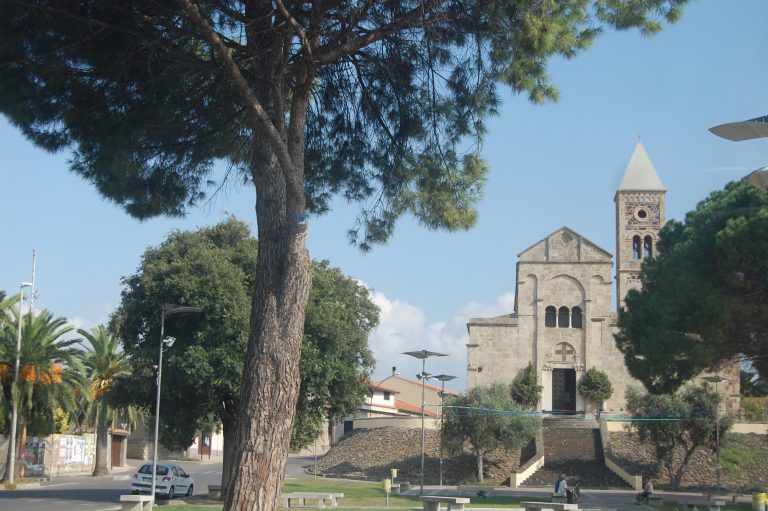
Things to see in and around Cabras
Cabras, formerly a small fishing village, is situated on the Cabras Pond, not far from the sea. It is a good starting point for exploring the west coast, from Torre dei Corsari in the south to Bosa in the north.
By car you can easily reach the Sinis peninsula and the village of San Giovanni di Sinis. It is worth visiting the small Romanesque-Byzantine church dating from the 6th century and, of course, the vast archaeological site of Tharros, which lies directly on the sea. Tharros was an important trading and port city for the Phoenicians, Punics and Romans between 800 BC and 300 AD.
Other attractions in the area include the necropolis of Capo San Marco and the ruins of Baboi Cabitza and s’Anaedda Nuraghi.
Further north, near Mari Ermi and S’Arena Scoada, is the island of Mal di Ventre with its beautiful beaches and coves. It is recommended to go there in the summer with rubber dinghies leaving from Putzu Idu, for example. The island is 9 km away and the trip takes about 15 minutes. As there is no beach service on the island, it is essential to bring umbrellas and a cool box with food and plenty of water.
Due to the unpredictable nature of the sea around Mal di Ventre, there are many wrecks, including Roman and Spanish ships, as well as 20th century boats and merchantmen, such as the Joyce, which sank in 1973. In the Sinis-Mal di Ventre marine reserve and between the beaches of Seu and Coaghedda is the wreck of the Seu, a boat that sank during a storm a few decades ago.
The delicacies of Sardinia: the gold of Cabras
The bottarga, so popular all over Sardinia, is mainly produced in Cabras. It is made from the egg sacs of the mullet, which are harvested between mid-August and mid-September and then washed, salted, pressed and sun-dried in an elaborate process. The final quality product, whose colour varies from gold (hence the name Oro di Cabras) to amber, is identified by a cap called “Su Biddiu” (part of the placenta) attached to the whisker (originally the whisker refers to each of the two halves of the fish after it has been cleaned). There is also tuna bottarga, which is a beautiful red colour. The Bottarga is an expensive product (a kilo can cost up to €250!), inferior imports (from Algeria and Morocco) are obviously much cheaper. Bottaga has an intense flavour and there are many ways to combine it: as an aperitif sliced on toast or on ricotta with a drizzle of olive oil, as a salad with artichokes or tomatoes or grated over spaghetti or served with clams and linguine.
If you love good wine and want to know more about Sardinian wines, visit the Attilio Contini winery: The cellar offers award-winning white and red wines and high quality grappa.
 it
it de
de nl
nl en
en fr
fr
